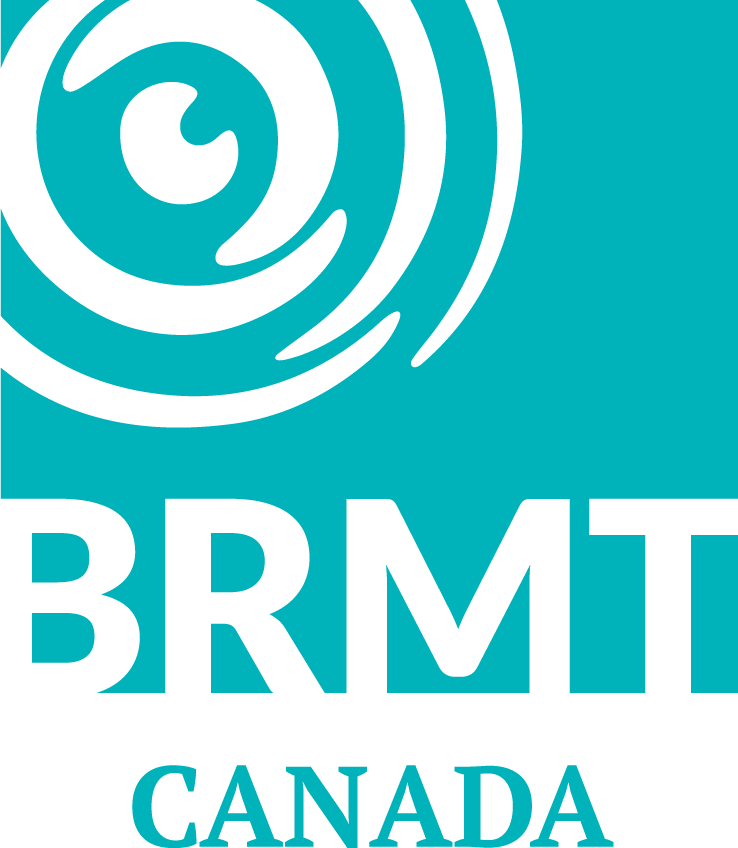Fear Paralysis & Moro Reflex
Fear Paralysis is one of the early withdrawal reflexes, described similar to a terrified rabbit: completely frozen and unable to move. The Moro Reflex may be referred to as the infant-startle reflex or ‘fight or flight’ response. It is an automatic reaction to excessive sensory stimuli.
Fear Paralysis Reflex
The Fear Paralysis (FP) reflex is one of the early withdrawal reflexes that emerges two months after conception. In utero, the withdrawal reflexes are characterized by a rapid withdrawal movement in response to tactile stimulation of the mouth region. The pattern of the FP reflex has been described like a terrified rabbit, completely frozen and unable to move. The FP reflex is normally inhibited by week twelve post-conception, and integrated into the Moro reflex. If the FP reflex is not inhibited, the Moro Reflex will stay active, and in many cases so will the Tonic Labyrinthine Reflex. If the FP reflex is not fully integrated at birth it may contribute to lifelong challenges related to fear and balance.
Some signs the Fear Paralysis reflex may not be fully integrated:
Decreased stress tolerance
Oversensitivity of the senses
Motion sickness
Difficulties with eye contact
Acting out and temper tantrums in children
Obsessive-compulsive symptoms
Oppositional and aggressive behaviour
Withdrawal / elective mutism
Excessive shyness
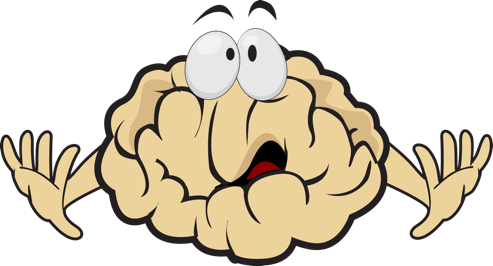
Suggested Movements:
The best activity to support Fear Paralysis integration is navel radiation. Breathing will also help with self-regulation. Watch this clip from Tuesdays with Twomey to see the techniques in practice.

Primitive Reflexes
Postural Reflexes
- The Amphibian Reflex
- Crawling Reflex
- Neck and Head Righting Reflexes
Bridge or Transitional Reflexes
Moro Reflex
The Moro Reflex, sometimes referred to as the infant startle reflex, starts to develop twelve weeks after conception. This reflex should be fully emerged by the 30th week in utero and should be integrated four months after delivery. It is the earliest form of the ‘fight or flight’ reaction to stress.
The Moro Reflex is triggered by a strong stimulation of the balance, auditory, visual, tactile or proprioceptive senses (ex. a sudden change of the position of the head, a loud sound, or an unpleasant touch).
The Moro Reflex has two parts. Firstly, the baby takes a deep breath and extends or stretches the arms and legs away from the body. Secondly, a momentary ‘freeze’ occurs before the arms and legs bend and come in towards the midline of the body and the baby cries.
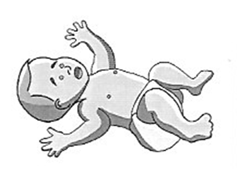
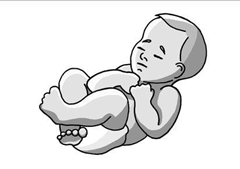
Some signs the Moro reflex may not be fully integrated:
Withdrawal from difficult situations
Fear of trying new things
Difficulty socializing
Hypersensitivity to light, sound, touch, movement
Hypersensitivity to vestibular stimulation, and prone to motion sickness, and balance issues
Poor adaptability; dislikes changes or surprises
Problems having confident contact with children their own age
Overreactive
Weak immune system, asthma, allergies, and poor digestion
Overly tired after excessive stimuli exposure
Suggested Movements:
The best activity to support Moro reflex integration is moro pattern.

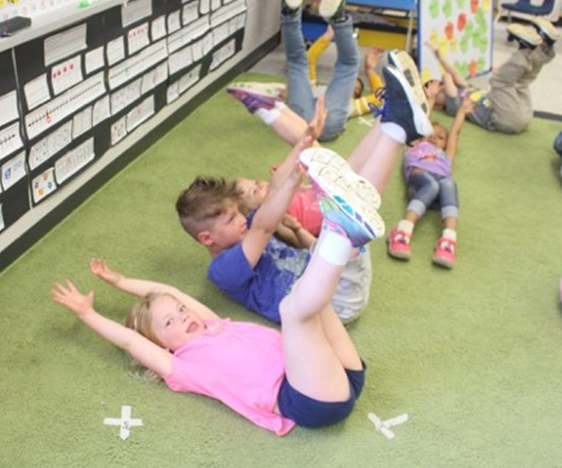
To learn more, attend a Blomberg Rhythmic Movement course or workshop!
We are always adding new course dates and locations.
